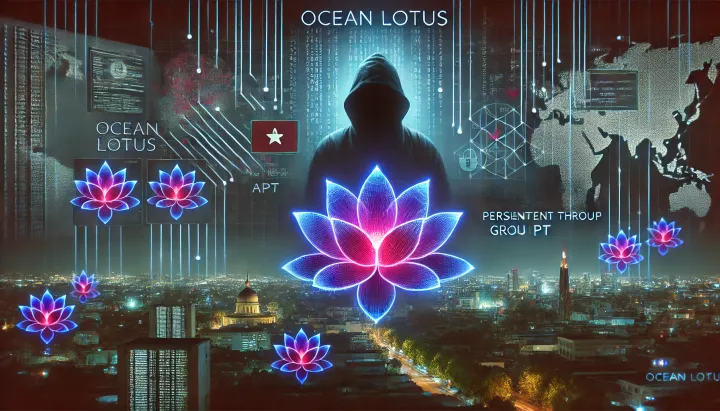Marko Polo Cybercrime Group Expands Infostealer Campaigns, Targets Cryptocurrency and Gaming Sectors

Introduction
On September 27, 2024, Insikt Group released a comprehensive report detailing the activities of the Marko Polo cybercriminal group. This group, known for its adaptability and sophisticated scams, has expanded its operations, employing various infostealers to target cryptocurrency users, gamers, and software developers globally. The group's tactics have compromised tens of thousands of devices, posing significant financial and data security risks.
Marko Polo is a versatile cybercriminal operation leveraging spearphishing and malware to carry out its attacks. By impersonating legitimate platforms in the gaming, cryptocurrency, and software development sectors, the group has built an extensive network of scams. To date, Insikt Group has identified over 30 distinct scams, 50 unique malware payloads, and hundreds of fraudulent social media accounts linked to Marko Polo.
Report Overview
Marko Polo uses a diversified malware toolkit, including HijackLoader, Stealc, Rhadamanthys, and Atomic macOS Stealer (AMOS). These tools are deployed in both Windows and macOS environments, targeting users via compromised software downloads, fake Zoom meeting applications, and cryptocurrency-focused phishing attacks.
The group typically starts by engaging targets through social media platforms, such as Discord and OpenSea, offering fake job opportunities or promoting fraudulent cryptocurrency projects. Once trust is established, victims are directed to malicious websites where they download compromised software containing the infostealer malware.
The attack chain often begins with a spearphishing email or direct message. Upon downloading the malicious software, the victim’s machine is infected with malware, which then harvests sensitive information, including credentials, system information, and cryptocurrency wallet keys. This stolen data is transmitted back to command-and-control (C2) servers controlled by the attackers.
Insights and Analysis
Marko Polo’s campaigns have resulted in significant financial losses, especially in the cryptocurrency community, where high-value targets such as influencers and investors have been compromised. The group’s infostealers have likely compromised tens of thousands of devices, exposing personal data and corporate information.
For businesses, the consequences include potential data breaches, financial losses, and reputational damage. In some cases, credentials stolen by Marko Polo could be sold to other threat actors, leading to secondary attacks, including ransomware or further exfiltration of sensitive data.
To protect against Marko Polo’s
campaigns, cybersecurity professionals recommend several defensive strategies:
- Advanced Endpoint Protection: Deploy endpoint detection and response (EDR) solutions to block malware like HijackLoader and Stealc.
- Web Filtering and Monitoring: Implement web filtering to block malicious domains associated with Marko Polo.
- Continuous Threat Intelligence Monitoring: Stay updated with the latest indicators of compromise (IoCs) related to Marko Polo’s malware campaigns.
- User Awareness and Training: Educate employees about the risks of phishing and social engineering, particularly in industries like cryptocurrency where these attacks are common.
Marko Polo’s ability to pivot and diversify its operations makes it a persistent threat. By exploiting social engineering and deploying information stealers, the group continues to pose significant risks to both consumers and enterprises. Organizations must adopt proactive cybersecurity measures, including continuous monitoring and threat intelligence, to mitigate the risks posed by this evolving threat actor.
Indicators of Compromise (IOCs)
| Indicator | Type | Description |
|---|---|---|
| partyworld[.]io | Domain | Malicious website used for malware delivery |
| ask-ashika[.]com | Domain | Malicious website used for malware delivery |
| punitrai[.]com | Domain | Malicious website used for malware delivery |
| 147.45.43[.]136 | IP Address | C2 server associated with Marko Polo |
| 194.116.217[.]148 | IP Address | C2 server associated with Marko Polo |
MITRE ATT&CK Techniques
| Tactic | Technique | ID | Description |
|---|---|---|---|
| Initial Access | Spearphishing Link | T1566.002 | Phishing links sent via email or social media to lure victims into downloading malware. |
| Execution | User Execution - Malicious File | T1204.002 | Execution of malware upon the user opening a malicious file. |
| Exfiltration | Exfiltration Over C2 Channel | T1041 | Stolen data sent back to the command-and-control server. |
References

\]https://go.recordedfuture.com/hubfs/reports/cta-2024-0917.pdf





Comments ()